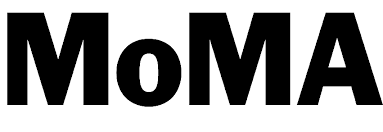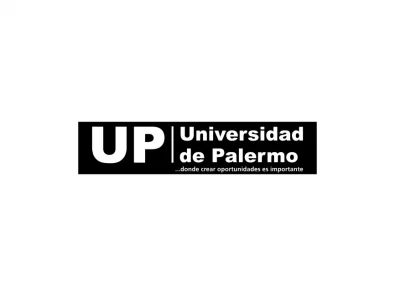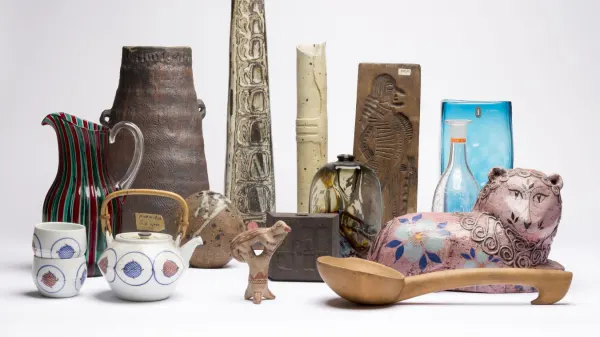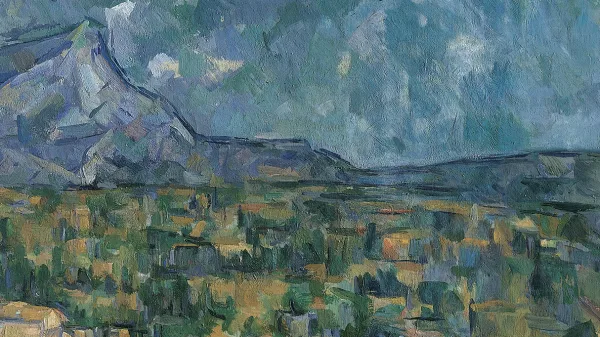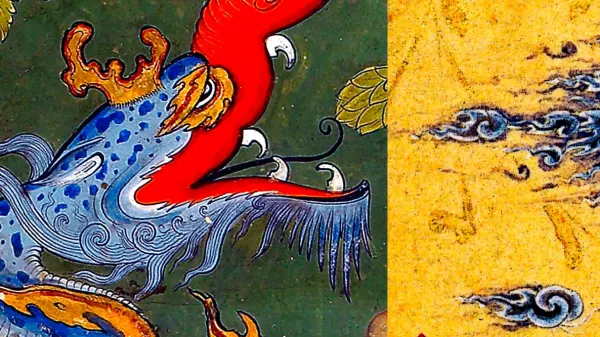Cursos de arte
Acceda a una selección de cursos cortos de arte online impartidos por prestigiosas instituciones internacionales
WHAT IS CONTEMPORARY ART? – MoMA
What is contemporary art? In this course, you’ll consider this question through works of art made since 1980. Hear directly from artists, architects, and designers from around the globe about their creative processes, materials, and inspiration. You’ll look at 3D–printed glass and fiber sculptures, performances in a factory and a museum, portraits (including those made with artificial intelligence) and interventions into television and video games.
Not only will you develop a deeper understanding of how artists work today, you’ll also explore some of their approaches to the pressing issues and questions of our time. By taking this course, you’ll build skills for looking at contemporary art wherever you encounter it and make connections to your own life or creative practice.
MODERN ART & IDEAS – MoMA
Modern Art & Ideas is designed for anyone interested in learning more about modern and contemporary art. You will look at art through a variety of themes, including Places and Spaces, Art and Identity, Transforming Everyday Objects, and Art and Society.
Each week kicks off with a video that connects key works of art to the theme. You’ll also have access to interviews with artists, designers, and others who speak about their materials, processes, and sources of inspiration. Through the discussion forum prompts you will also have the opportunity to connect with other learners and explore how these themes resonate with you.
MODERN AND CONTEMPORARY ART AND DESIGN SPECIALIZATION – MoMA
Explore the art of our time through four of MoMA’s most popular courses: Modern Art & Ideas, Seeing Through Photographs, What Is Contemporary Art?, and Fashion as Design. Go behind the scenes at the Museum and inside the studios of artists, designers, architects, and other makers.
Applied Learning Project
Through original films and audio, you will go behind the scenes to look closely at artworks and into studios to hear directly from artists, designers, curators, and others. Enroll to gain exclusive access to MoMA resources, and share ideas with an international learner community.
.
IN THE STUDIO: POSTWAR ABSTRACT PAINTING – MoMA
Take an in-depth, hands-on look at materials, techniques, and approaches to making abstract paintings. Through studio demonstrations and gallery walkthroughs, you’ll form a deeper understanding of what a studio practice means and how ideas develop from close looking. Readings and other resources provide a broader cultural, intellectual, and historical context around the era when these artists were active.
The artists featured in the course—Willem de Kooning, Yayoi Kusama, Agnes Martin, Barnett Newman, Jackson Pollock, Ad Reinhardt, and Mark Rothko—serve as points of departure for your own abstract paintings. Learners who wish to participate in the optional studio exercises may need to purchase art supplies. A list of suggested materials is included in the first module.
.
SEEING THROUGH PHOTOGRAPHS – MoMA
Taking, sharing, and viewing photographs has become second nature for many of us. This course aims to address the gap between seeing and truly understanding photographs by introducing a diversity of ideas, approaches, and technologies that inform their making. You’ll explore the meaning of pictures and reconsider photography’s role in our visual culture.
Look closely at 100 photographs from MoMA’s collection, going behind the scenes of the Museum and into artists’ studios through videos and audio interviews. Gain new perspectives on the ways photography has been used throughout the medium’s history: as a means of artistic expression, a tool for science and exploration, an instrument of documentation, a way to tell stories and record histories, and a mode of communication and critique.
.
HISTORIA DEL ARTE: DEL ARTE PREHISTÓRICO AL RENACIMIENTO – Universidad de Palermo
El arte deriva de un deseo de la persona para comunicarse con otros” (Edvard Munch). Y es desde la prehistoria que el humano ha dejado impresas sus huellas a través del arte.
¿Qué características tienen esas huellas artísticas? ¿Qué nos comunican sobre el periodo de tiempo al que pertenecen?
Sumergite en la historia del arte recorriendo este curso. Comenzarás en la prehistoria, reconociendo los testimonios que nos ofrecen los primeros atisbos artísticos de la humanidad. Avanzarás por el camino recorriendo los diferentes sistemas de representación dominantes de distintos períodos hasta llegar al Renacimiento.
Al culminar el curso conocerás más sobre cómo fue la evolución y el devenir del arte a través del tiempo. ¡Te invitamos a emprender este viaje!
Los objetivos generales de este curso son:
• Conocer y analizar el desarrollo de las artes visuales desde la prehistoria hasta las obras de los grandes maestros del Renacimiento.
• Desentrañar los sistemas de representación predominantes en los períodos abordados.
• Identificar las relaciones entre los procesos artísticos y su contexto histórico, social y económico.
• Adquirir herramientas conceptuales específicas para analizar la historia del arte.
HISTORIA DEL ARTE: DEL BARROCO AL ARTE POSMODERNO – Universidad de Palermo
El arte deriva de un deseo de la persona para comunicarse con otros” (Edvard Munch). Y es desde la prehistoria que el humano ha dejado impresas sus huellas a través del arte.
¿Qué características tienen esas huellas artísticas? ¿Qué nos comunican sobre el periodo de tiempo al que pertenecen?
Sumergite en la historia del arte recorriendo este curso. Comenzarás en la prehistoria, reconociendo los testimonios que nos ofrecen los primeros atisbos artísticos de la humanidad. Avanzarás por el camino recorriendo los diferentes sistemas de representación dominantes de distintos períodos hasta llegar al Renacimiento.
Al culminar el curso conocerás más sobre cómo fue la evolución y el devenir del arte a través del tiempo. ¡Te invitamos a emprender este viaje!
Los objetivos generales de este curso son:
• Conocer y analizar el desarrollo de las artes visuales desde la prehistoria hasta las obras de los grandes maestros del Renacimiento.
• Desentrañar los sistemas de representación predominantes en los períodos abordados.
• Identificar las relaciones entre los procesos artísticos y su contexto histórico, social y económico.
• Adquirir herramientas conceptuales específicas para analizar la historia del arte.
THE MODERN AND THE POSTMODERN (PART 1) – Wesleyan University
This course examines how the idea of “the modern” develops at the end of the 18th century in European philosophy and literature, and how being modern (or progressive, or hip) became one of the crucial criteria for understanding and evaluating cultural change. Are we still in modernity, or have we moved beyond the modern to the postmodern?
THE MODERN AND THE POSTMODERN (PART 2) – Wesleyan University
This course examines how the idea of “the modern” develops at the end of the 18th century in European philosophy and literature, and how being modern (or progressive, or hip) became one of the crucial criteria for understanding and evaluating cultural change. Are we still in modernity, or have we moved beyond the modern to the postmodern?
HISTORY OF ART SHORT COURSE – Chelsea College of Arts
Through presentations and visits to virtual galleries, you will learn about significant stages in the history of art, exploring ideas and movements that have inspired artists, such as, the Renaissance, Romanticism and Impressionism. We’ll also consider how art is perceived today. Above all and most importantly, it will be a chance to enjoy original art up close.
INTRODUCTION TO MODERN ART HISTORY ONLINE SHORT COURSE – Central Saint Martins
This online short course will teach you how to understand and analyse modern art. Learn the history of modern art movements, from Impressionism to Postmodernism and how these movements continue to influence contemporary art today.
ART THEORY INTODUCTION TO AESTHETICS ONLINE SHORT COURSE – Central Saint Martins
Behind every artwork there is an idea that defines it on a level above the visual. Philosophers, critics and artists have long tried to define those ideas, inspiring much discussion and creating the field known as Aesthetics. This is the field where the most fundamental questions of art are in constant debate; What is art? Is it actually important, or useful? Why makes an artwork an artwork? What is beauty, and should artworks always be beautiful? Beyond being philosophical inquiries, these are all questions that most art lovers have asked themselves, too.
ART THEORY FOR TRADITIONAL PAINTING ONLINE SHORT COURSE – Central Saint Martins
How did the old masters from both East and West create their paintings? The short course explores the content and context of these fascinating and beautiful artworks. You will delve deep into each art form and examine it from different angles.

